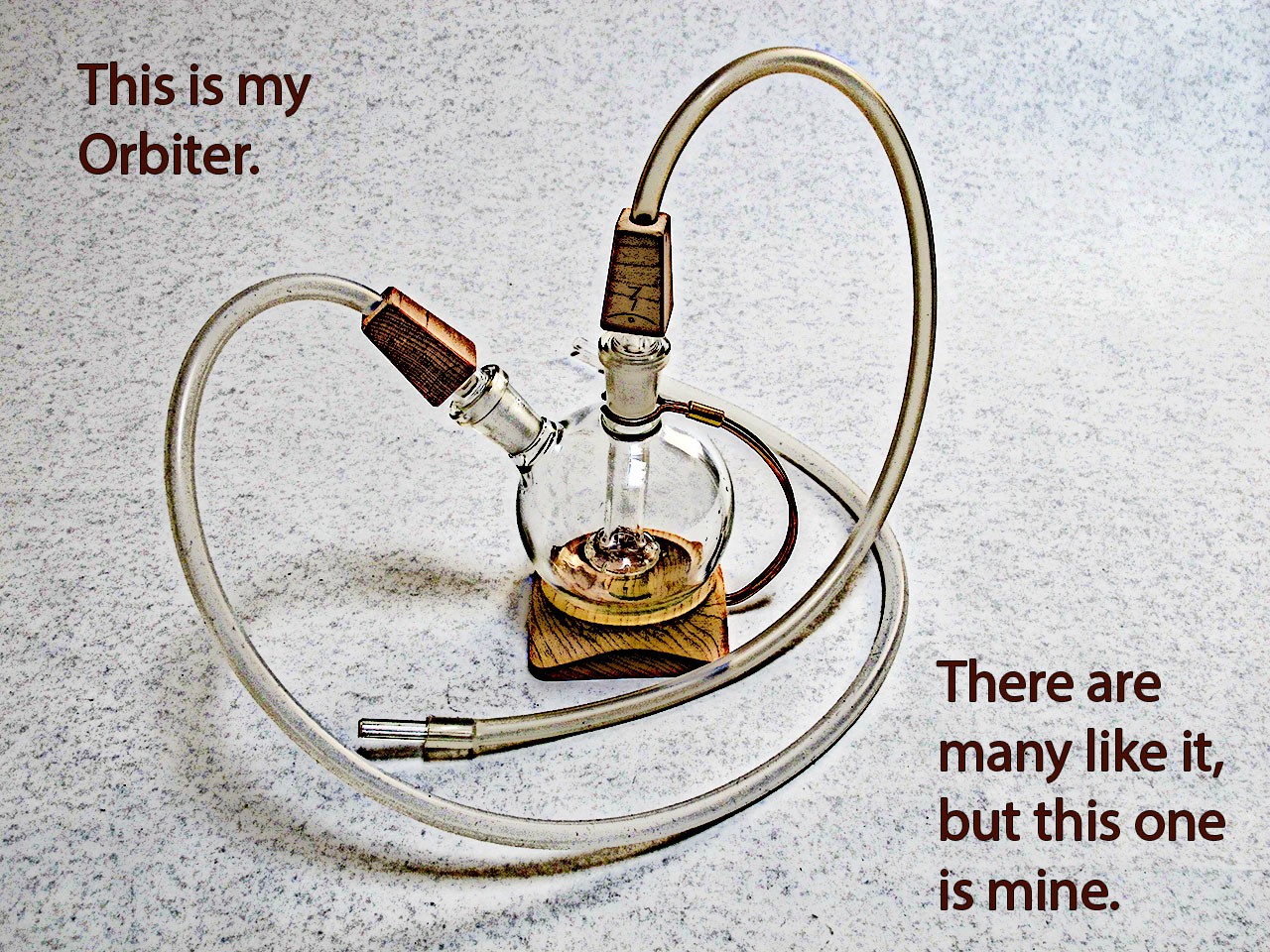Thanks for the welcome! We'll be here. Our thoughts are: enough theorizing, and lets get some data instead of making empty claims.Welcome to FC! I hope you stick around because we need all the help we can get with the science behind our vapour.
My criticism was in your choice of devices, since users will differ in their use of the MFLB, even from hit to hit. Could you shed some light on the reasons behind your choice? Not that I think it invalidates your work, since I value the fact that you did this study regardless of the equipment. I certainly encourage more work along these lines. We also have a thread going on the chemical reaction occurring during vapourization that I hope you'll contribute to.
We chose the MFLB because it is popular and wanted to help a large number of patients, and the MFLB is very popular. If this comes with inherent variability, so be it - we prefer to test the user experience instead of a lab experience.
Thanks for pointing to the chemical reaction page. Just up our alley. Will look to contribute in the future...
Thanks for the chat!Quibbling is fine, as long as it serves a purpose WRT clearer communication?
I'm basically a Materials kinda guy here myself, I guess. Or was, when they paid me..... So I see this as a set of samples of uniform (hopefully) material. Each sample got different processing and was then tested. New details say an aliquot of each sample was taken but up to that point they were specimens or samples. I'm a little concerned about things like "measured to be roughly equal and were taken from a sample that was made to be more or less homogeneous by grinding", although data fit seems to say the "roughly" was corrected for? Probably not as important in more subjective testing, but not the sort of data I'm used to seeing. Perhaps why I don't find the uniform dose/hit at all strange?
In fact, it's just that fit that makes your experiment valid. It is your 'proof' your measurement is accurate. That's how science works.
I like the "test a genuine user experience and see what the numbers show" approach but as yet don't see that. I'll no doubt catch on as the program progresses.
I'm not sure I agree about it being all that useful a guideline of "what users will see". Our collective experience here is that no such animal exists. We have a fellow at a gram a month and another at seven grams a blunt. Sippers and cloud chasers. Flavor freaks and the 'crank it up, let the WT fix it' guys. Guys that kill a trench in their LB in a few heroic hits, and others (like you it seems?) who go 10 or 20 times that. Clearly all LB users aren't getting .3 mg/hit. I suggest to be more useful there should first be a standard user defined. A way for the reader to calibrate things? Without this, it is of course impossible to reproduce your experiments......unless you guys are volunteering to a long and not too memorable road trip of course. At least not fully. Again, probably a difference of concepts. You're applied research and I'm pure I think? You're looking to answer a pre defined question, I'm looking for new understanding of the area? How cool is that?
Fun stuff. I'd probably have started out standardizing the user (that is hit volume, rate and timing) and then using some temperature controlled vape (like Solo). I think that the demonstrated uniformity of the Volcano is a very important factor in earlier testing from a lot of standpoints. The LB is awfully subject to user variation, one of it's great strengths, of course, but not what one looks for in a scientific instrument.
Again, different goals perhaps?
Thanks and continued best wishes.
OF
To answer some of your concerns:
These results were consistent across 3 users of different experience levels. We used a stopwatch to control the 10-second draw time.
The 'roughly equal' samples were all within 10% mass of each other - the important part was to accurately weigh out the remains, so the actual % THC by mass was normalized.
Stay tuned, we won't sit still... Hope to bring more data in the future.
Last edited by a moderator:











 .. I typically use mine exclusively w/ the PA.. I like to adjust the PA throughout the session, and sometimes (for bigger hits) even during the hit.. If I want, I can play the dial so I don't even have to interrupt/change my draw speed at all during a hit.. but I usually like to start really low on the PA, like at 10%, and gradually step it up to the 45% area throughout the majority of the session, moving up towards 75% for the last draw.. I think I'll charge up some batteries and start carrying this thing around again.. I always forget how sweet it is.. I always preferred more full trenches, but lately I have been filling the trench less than half full, adding some bubble hash, and just taking it slow..
.. I typically use mine exclusively w/ the PA.. I like to adjust the PA throughout the session, and sometimes (for bigger hits) even during the hit.. If I want, I can play the dial so I don't even have to interrupt/change my draw speed at all during a hit.. but I usually like to start really low on the PA, like at 10%, and gradually step it up to the 45% area throughout the majority of the session, moving up towards 75% for the last draw.. I think I'll charge up some batteries and start carrying this thing around again.. I always forget how sweet it is.. I always preferred more full trenches, but lately I have been filling the trench less than half full, adding some bubble hash, and just taking it slow..
 (No need accessories and good to go straight out of the box
(No need accessories and good to go straight out of the box ) + its easier stronger and also convection!
) + its easier stronger and also convection!


